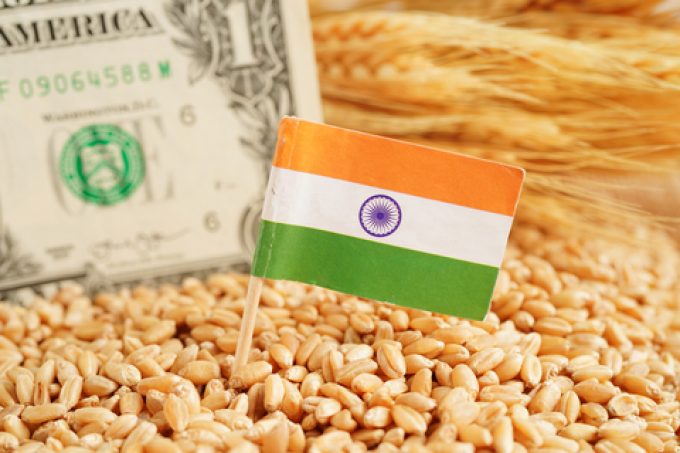Threat of rising oil price adds to frustration for crisis-hit supply chain chiefs
New warnings from the World Bank of surging oil prices, adding to the continuing instability ...

Red Sea crisis-induced supply chain disruption seems to have severely crimped the ability of Indian agricultural exporters to ship their commodities to global markets.
Agri exports from India are mainly containerised grains, oil seeds, pulses, rice, sugar and vegetable oil, with Africa the top destination.
But several leading agri trading houses have halted export movements in the wake of soaring ocean rates and equipment availability issues over the past month or so, according to industry sources.
They noted that the crisis had effectively pushed the agri trades to commercially unviable market conditions, and for the trading community it is now simply ‘wait and watch’ for some respite.
“Ocean freight rates have skyrocketed over the past month or so, along with various surcharges,” a Mumbai-based trader told The Loadstar.
“Our profit margins are usually paper thin, so any extra burden is absolutely unaffordable,” the source explained.
The trader also noted other pain points, such as fewer available export-worthy containers and vessel space problems.
“Shipments are often getting rolled due to vessels overbooking cargo, putting our export contracts in jeopardy,” the aggrieved trader said.
Sources put the current average ocean rates from India to East Africa (Mombasa and Dar es Salaam) at $2,300 per 20ft and $2,900 per 40ft, compared with pre-disruption levels of $500 and $900, respectively.
“Most customers have taken a hit, and they have no opportunity to pass on the cost increases to their buyers,” said a local freight forwarder.
Some exporters also expressed fears that buyers using alternative sourcing markets on an ad-hoc basis could permanently shift away from India if the crisis continues.
Pushpank Kaushik, CEO of Hyderabad-based NVO and ship agent Jassper Shipping, told The Loadstar the situation was “alarming”.
He added: “This trend is mirrored in the sharp drop in exports reported by the Agricultural and Processed Food Products Export Development Authority, from 24% to 11%, impacting both the Indian economy and global markets, especially in crucial commodities like rice and sugar.”
Over the past few years, India’s agri exports have seen strong traction – hitting some $53.1bn by value last fiscal year (2022-23), according to available government data. Processed vegetables, basmati rice and fresh fruits particularly reported growth, as exporters expanded their market reach.
“Basmati rice found its way to the top markets, with Iran, Iraq, Saudi Arabia, the US and the UAE emerging as the top destinations for these exports,” said a government statement last week.
“This robust performance underscores the enduring popularity and global demand for basmati rice, further solidifying its position as a major agricultural product in India’s export portfolio,” it added.
Meanwhile, India’s overall export trade saw a modest uptick last month, up 3% year on year by value. But the Federation of Indian Export Organisations (FIEO) reiterated industry concerns over deteriorating geopolitical factors.
“Recent tensions in West Asia, especially the threat to consignments routing through the Red Sea, have further added to the woes of the exporting community,” said FIEO president Israr Ahmed,
You can reach the writer at [email protected].
Comment on this article